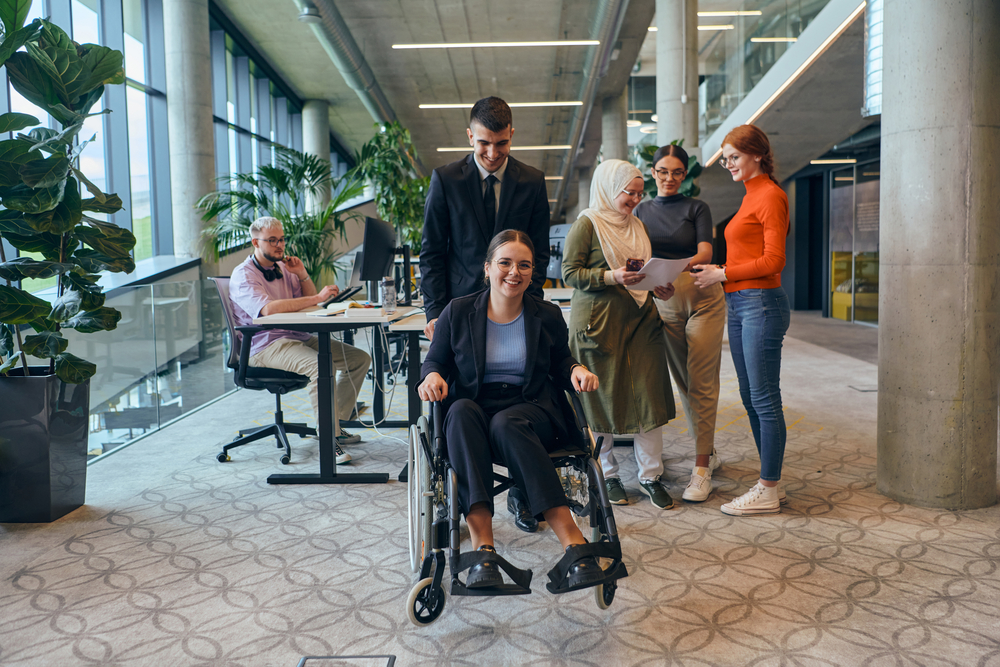The COVID-19 pandemic has reshaped our world unprecedentedly, highlighting both vulnerabilities and strengths within societies and organizations. Among the many lessons learned, the critical importance of disability inclusion stands out with striking clarity. As we navigate the post-pandemic era, the challenges and opportunities of disability inclusion have never been more pronounced. Societies worldwide are re-evaluating their values, policies, and practices. The pandemic exposed and exacerbated inequalities, but it also provided a unique opportunity to reassess our approach to inclusivity.
The Challenges of Disability Inclusion
The post-pandemic world presents numerous challenges to disability inclusion. Despite increased awareness and advancements, significant barriers remain. These challenges must be addressed to ensure that individuals with disabilities are not left behind as societies rebuild and move forward.
1. Digital Divide
The rapid shift to remote work and digital services during the pandemic highlighted the existing digital divide, Many individuals with disabilities faced barriers to accessing technology and online platforms. Issues included lack of accessible software and hardware, inadequate internet connectivity, and digital literacy. Ensuring inclusive digital transformations is crucial for bridging this divide.
2. Employment Disparities
Employment opportunities for people with disabilities have historically been limited. The pandemic worsened these disparities, leading to job losses and reduced hours. Returning to the workforce poses challenges, including biases in hiring practices. Organizations must provide reasonable accommodations to support the employment of individuals with disabilities.
3. Health and Safety Concerns
People with disabilities often have unique health needs and are more vulnerable to health crises. The pandemic exposed gaps in healthcare accessibility and emergency preparedness. It is essential to create health and safety protocols considering the specific needs of individuals with disabilities. Ensuring appropriate care and support for individuals with disabilities during crises is crucial.
4. Social Isolation
Lockdowns and social distancing measures increased feelings of isolation among people with disabilities. Limited access to social networks, support services, and community activities impacted mental health and well-being. Combating social isolation requires efforts to foster inclusive communities and support networks. Creating opportunities for social interaction and engagement is vital for the overall well-being of individuals with disabilities.
The Opportunities for Disability Inclusion
The post-pandemic world offers unique opportunities to enhance disability inclusion. The following key areas highlight where significant progress can be made:
1. Remote Work
Remote work has become a game-changer for disability inclusion by providing individuals with disabilities the flexibility to work from environments that cater to their needs. Employers can now reevaluate workplace accommodations to ensure they are more inclusive, thereby creating a more diverse and accessible work environment. This shift to remote work opens up new job opportunities for individuals who may face challenges in traditional office settings.
2. Advancements in Assistive Technology
The pandemic accelerated advancements in assistive technology, leading to innovative solutions that can greatly improve the quality of life for people with disabilities. Communication devices, mobility aids, and other assistive technologies continuously evolve to provide greater independence and productivity for individuals with disabilities. Investing in these technologies and promoting their accessibility is crucial to empowering individuals with disabilities and enhancing their daily lives.
3. Inclusive Education and Training
Online education and training platforms have the potential to make learning more accessible for individuals with disabilities by offering inclusive curricula and utilizing accessible technology. Educational institutions and employers can leverage these tools to provide opportunities for skill development, career advancement, and lifelong learning for people with disabilities. Ensuring that educational resources are designed with inclusivity in mind can break down barriers to learning and create a more equitable educational landscape.
4. Policy and Advocacy
The pandemic has highlighted the need for robust disability policies and advocacy efforts to promote greater inclusion and rights for individuals with disabilities. Governments, organizations, and advocacy groups play a crucial role in advocating for stronger disability rights, enforcing existing laws, and introducing new regulations that protect and support individuals with disabilities. Promoting awareness, education, and understanding of disability issues is essential for fostering a more inclusive society that values diversity and empowers all individuals to participate fully in all aspects of life.
Actionable Steps for Disability Inclusion in the Post-Pandemic Era
1. Promote Inclusive Practices
Implementing inclusive hiring practices involves actively seeking to hire individuals with disabilities, providing reasonable accommodations during the recruitment process and in the workplace, and ensuring that workplace environments are accessible to all. Ensuring that all digital platforms and communications are accessible means designing websites, applications, and communication materials in a way that can be easily accessed and understood by people with various disabilities, such as visual or hearing impairments.
2. Invest in Technology
Supporting the development and deployment of assistive technologies involves investing in tools and devices that can help people with disabilities in their daily lives, such as screen readers, speech recognition software, mobility aids, and other assistive devices. These technologies can enhance accessibility by enabling individuals with disabilities to navigate their environment, communicate effectively, and perform tasks that might otherwise be challenging.
3. Foster Inclusive Communities
Creating opportunities for social interaction and community engagement for people with disabilities is essential in combating social isolation and promoting overall well-being. By organizing events, activities, and programs that are inclusive and welcoming to individuals with disabilities, communities can ensure that everyone feels valued, connected, and part of the social fabric.
4. Advocate for Policy Change
Supporting and advocating for policies that protect the rights of individuals with disabilities involves pushing for legislation that ensures equal opportunities, access to services, and protection from discrimination. By actively engaging in policy advocacy, organizations and individuals can work towards creating a more inclusive society that values and respects the rights of all its members.
5. Educate and Raise Awareness
Increasing awareness and understanding of disability issues through education and training helps to break down barriers, challenge stereotypes, and foster a culture of empathy and inclusion. By educating the public, businesses, and organizations about the diverse needs and capabilities of people with disabilities, we can promote a more inclusive and supportive environment for everyone.
Conclusion
As we navigate the complexities of a post-pandemic world, the imperative for disability inclusion has never been clearer. The challenges of disability inclusion in this era are significant, but so are the opportunities. By addressing these challenges head-on and seizing opportunities for advancement, we can build a more inclusive, equitable, and resilient society for all. Through concerted efforts at the individual, organizational, and societal levels, we can turn the vision of disability inclusion into a reality where diversity is celebrated, barriers are dismantled, and everyone has the opportunity to reach their full potential. The time for action is now, and together, we can make disability inclusion a cornerstone of our collective recovery and future growth.

